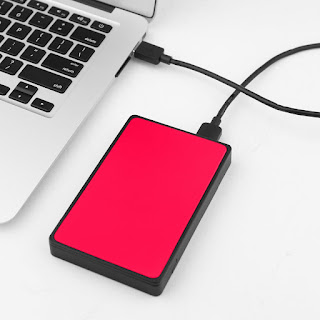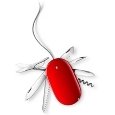

- #Swissknife fat32 download mac os x#
- #Swissknife fat32 download mac os#
- #Swissknife fat32 download iso#
- #Swissknife fat32 download download#
#Swissknife fat32 download mac os#
In the Erase tab, select the format as Mac OS Extended (Journaled), and name it your choice. In case a HFS+ partition isn’t needed for your particular use case, you’re done! Setting up HFS+ for Macīack in Mac OS X, open Disk Utility, select the partition that hasn’t been partitioned on the left bar. HBCD flash drive with grldr and menu.lst in the rootĪt this point, the flash drive should be bootable into Hiren’s Boot CD and act as a flash drive. The important step here is to copy grldr and menu.lst from the HBCD folder out onto the root of the drive.
#Swissknife fat32 download iso#
Use any ISO reader of your choice to open it and copy its contents onto the flash drive.
#Swissknife fat32 download download#
Download the latest version of Hiren’s Boot CD. This part doesn’t have to be done in Windows. Click Save to disk to save the configuration. I selected two options: Don’t search floppy for GRLDR, and GRUB4DOS version 0.4.6a, but I doubt either of these are necessary. Select GRUB4DOS, because Hiren’s Boot CD is configured for it by default.

List of newly created partitions Making the flash drive bootableĬlose out of the partition listing screen to return back to the main screen. After partitioning and formatting, the list of partitions will be shown. Bootice will ask to confirm before continuing. There’s no option to format partitions for HFS+, so leave the HFS+ partition as any of the other options for now we will deal with it later.Ĭlick OK afterwards. Editing the desired partition sizesĬonfigure the partitions to your liking. Select USB-HDD mode so that there can be more than one partition. (Note: at this point, you should have already copied anything you need off the stick because the data will be lost!) Repartitioning the flash drive Click ReFormat USB disk at the bottom to start the partitioning process.

A list of existing partitions will come up. If you forget, you will screw up your main drive’s boot record (not a good thing!).Ĭlick Parts Manage to manage the partitions. Make sure the correct destination disk is selected (it should be a USB disk). I used Bootice to partition the memory stick and make it bootable. Most of the steps below require Windows because the tools for these things are more readily available on Windows. I was not able to get this to work on my drive.Īs much as I like Mac OS X, there are some things that are more easily done on Windows. There’s also talk on the internet about “flipping the removable bit” on the drive to make it appear as a regular disk and thus show multiple partitions. Making the second partition exFAT wouldn’t really help either since Windows only recognizes the first partition on removable drives. In addition, Linux support is experimental and usually requires installation of additional drivers. However, the drawback is that exFAT isn’t supported natively by old versions of Windows (original Windows Vista without Service Pack and older). I thought about using exFAT for the first partition, which is a relatively new file system which overcomes the 4GB file size limit of FAT32.
#Swissknife fat32 download mac os x#

This blog post is about what I did to make the most of this little device so that it would be able to: Several months ago, I added a new item to my keychain: a 32GB USB memory stick.


 0 kommentar(er)
0 kommentar(er)
